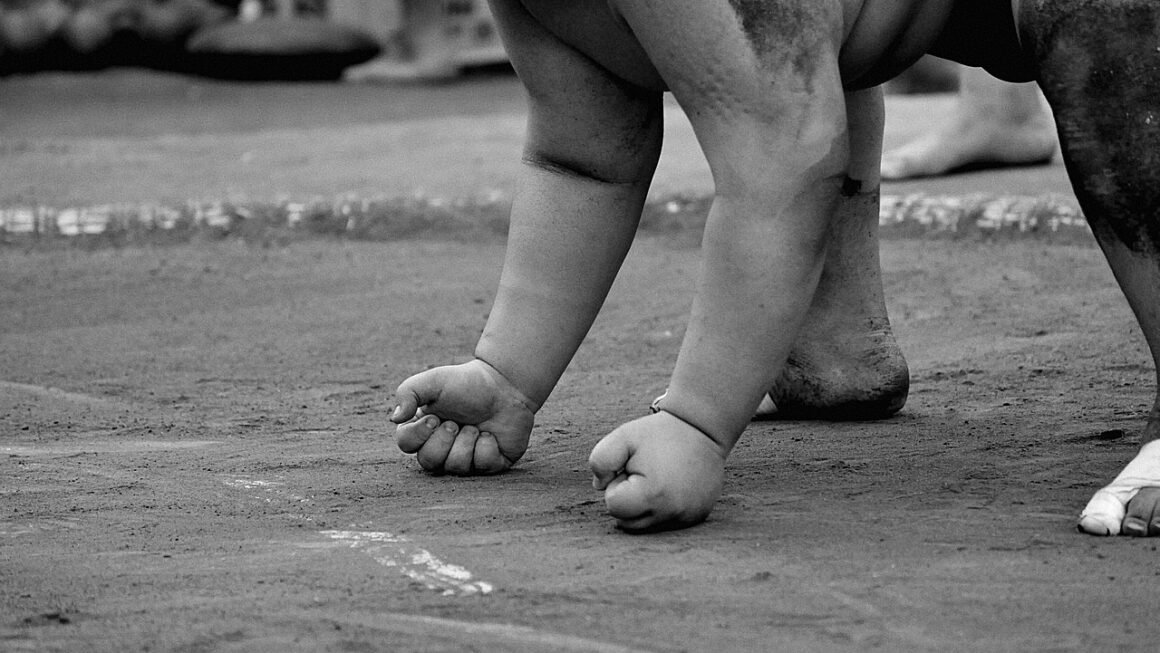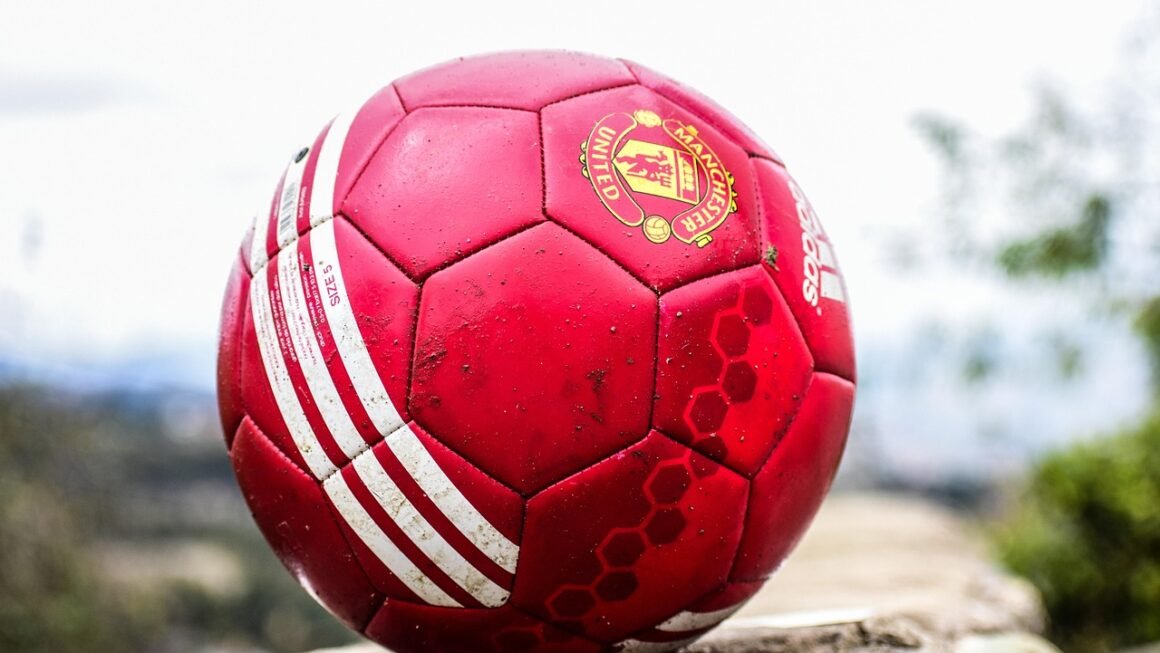Bodybuilding is more than just lifting weights; it’s a lifestyle that encompasses dedication, discipline, and a deep understanding of how your body works. Whether you’re aiming to sculpt a competition-worthy physique or simply build a stronger, healthier version of yourself, understanding the principles of bodybuilding is key. This comprehensive guide will delve into the core aspects of bodybuilding, offering practical advice and actionable strategies to help you achieve your fitness goals.
What is Bodybuilding?
Bodybuilding is a sport and lifestyle focused on developing and sculpting the body through hypertrophy, which is the increase in muscle size. This is achieved by combining resistance training, proper nutrition, and strategic supplementation. Unlike powerlifting, which emphasizes maximal strength, bodybuilding prioritizes aesthetics and symmetry.
Goals of Bodybuilding
- Muscle Hypertrophy: The primary goal is to increase muscle mass and size in a balanced and proportionate manner.
- Muscle Definition: Reducing body fat to reveal the underlying muscle structure and create a defined physique.
- Symmetry and Proportion: Developing a physique with balanced proportions between different muscle groups.
- Overall Aesthetics: Achieving a visually appealing and aesthetically pleasing body composition.
Key Principles
- Progressive Overload: Gradually increasing the weight, reps, or sets over time to continuously challenge the muscles. For example, if you can comfortably bench press 150 lbs for 8 reps, aim for 9 reps next week, or increase the weight to 155 lbs.
- Proper Form: Maintaining correct form during exercises to maximize muscle activation and minimize the risk of injury. Watch videos and consider consulting a trainer to perfect your form.
- Nutrition: Consuming adequate protein, carbohydrates, and healthy fats to support muscle growth and recovery.
- Rest and Recovery: Allowing the body sufficient time to repair and rebuild muscle tissue. Aim for 7-9 hours of sleep each night.
- Consistency: Sticking to a consistent training and nutrition plan over time to see significant results.
Training for Bodybuilding
Effective bodybuilding training involves structuring workouts to target specific muscle groups with appropriate exercises, sets, and reps. Varying your training approach is essential to prevent plateaus and stimulate continuous muscle growth.
Workout Structure
- Split Routines: Dividing workouts by muscle group to allow for focused training and adequate recovery. Common examples include:
Bro Split: Training one muscle group per day (e.g., chest on Monday, back on Tuesday).
Upper/Lower Split: Training the upper body one day and the lower body the next.
Push/Pull/Legs Split: Grouping exercises based on movement patterns (pushing, pulling, legs).
- Exercise Selection: Choosing a combination of compound and isolation exercises.
Compound exercises work multiple muscle groups simultaneously (e.g., squats, deadlifts, bench press).
Isolation exercises target specific muscles (e.g., bicep curls, tricep extensions, calf raises).
- Sets and Reps: A common rep range for hypertrophy is 8-12 reps per set. Aim for 3-4 sets per exercise. For example, 3 sets of 10 reps of barbell rows.
- Rest Intervals: Allowing adequate rest between sets to recover and maintain intensity. Typically, 60-90 seconds for compound exercises and 30-60 seconds for isolation exercises.
Example Workout (Chest and Triceps)
- Barbell Bench Press: 3 sets of 8-12 reps
- Incline Dumbbell Press: 3 sets of 8-12 reps
- Decline Dumbbell Press: 3 sets of 8-12 reps
- Cable Flyes: 3 sets of 12-15 reps
- Close-Grip Bench Press: 3 sets of 8-12 reps
- Overhead Tricep Extension: 3 sets of 10-15 reps
- Tricep Pushdowns: 3 sets of 12-15 reps
Advanced Training Techniques
- Drop Sets: Performing an exercise to failure, then reducing the weight and continuing for additional reps.
- Supersets: Performing two exercises back-to-back without rest.
- Giant Sets: Performing three or more exercises back-to-back without rest.
- Negative Reps: Focusing on the eccentric (lowering) phase of an exercise to increase muscle damage and growth.
Nutrition for Bodybuilding
Nutrition plays a pivotal role in bodybuilding. Providing your body with the right nutrients is essential for muscle growth, recovery, and overall performance.
Macronutrients
- Protein: Essential for muscle repair and growth. Aim for 1.6-2.2 grams of protein per kilogram of body weight per day. Sources include:
Chicken Breast
Fish (Salmon, Tuna)
Eggs
Lean Beef
Protein Powder (Whey, Casein, Soy)
- Carbohydrates: Provide energy for workouts and help replenish glycogen stores. Choose complex carbohydrates over simple sugars. Sources include:
Brown Rice
Sweet Potatoes
Oatmeal
Quinoa
Whole Wheat Bread
- Fats: Important for hormone production and overall health. Choose healthy fats over saturated and trans fats. Sources include:
Avocados
Nuts and Seeds
Olive Oil
Fatty Fish
Coconut Oil
Calorie Management
- Bulking: Consuming more calories than you burn to promote muscle growth. Aim for a surplus of 250-500 calories per day.
- Cutting: Consuming fewer calories than you burn to reduce body fat. Aim for a deficit of 250-500 calories per day. Track your calorie intake using a food diary or app to monitor your progress.
Meal Timing
- Pre-Workout: Consume a carbohydrate-rich meal 1-2 hours before training to provide energy. Example: Oatmeal with fruit.
- Post-Workout: Consume a protein and carbohydrate-rich meal within 30-60 minutes after training to promote muscle recovery. Example: Protein shake with a banana.
- Throughout the Day: Eat balanced meals every 3-4 hours to maintain a consistent supply of nutrients to your muscles.
Hydration
- Drink plenty of water throughout the day to stay hydrated and support muscle function. A good rule of thumb is to drink at least 1 gallon of water per day, especially during periods of intense training.
Supplementation
While a well-rounded diet should be the foundation of your nutrition plan, certain supplements can enhance muscle growth, performance, and recovery.
Essential Supplements
- Protein Powder: Convenient source of protein to help meet daily requirements. Whey protein is rapidly absorbed and ideal for post-workout consumption. Casein protein is slower-digesting and suitable for overnight recovery.
- Creatine: Enhances strength, power, and muscle size by increasing ATP production. A common dosage is 3-5 grams per day.
- BCAAs (Branched-Chain Amino Acids): Help reduce muscle soreness and fatigue, and promote muscle recovery. They can be taken before, during, or after workouts.
- Multivitamin: Ensures you’re meeting your daily micronutrient needs, especially if your diet is lacking in certain areas.
Other Beneficial Supplements
- Pre-Workout: Contains ingredients like caffeine, beta-alanine, and nitric oxide boosters to improve energy, focus, and performance during workouts.
- Omega-3 Fatty Acids: Support overall health and reduce inflammation.
- Vitamin D: Important for bone health and immune function.
Important Considerations
- Research: Always research supplements before using them and choose products from reputable brands.
- Dosage: Follow the recommended dosage guidelines on the product label.
- Consult a Professional: Consult with a healthcare provider or registered dietitian before starting any new supplement regimen.
Rest and Recovery
Rest and recovery are just as crucial as training and nutrition for bodybuilding. Allowing your body sufficient time to repair and rebuild muscle tissue is essential for progress.
Sleep
- Aim for 7-9 hours of quality sleep each night. Sleep is when the body produces growth hormone, which is vital for muscle growth and repair.
Active Recovery
- Incorporate active recovery activities into your routine, such as light cardio, stretching, or yoga. These activities help improve blood flow, reduce muscle soreness, and promote overall recovery.
Stress Management
- Manage stress through techniques like meditation, deep breathing exercises, or spending time in nature. Chronic stress can negatively impact muscle growth and recovery.
Foam Rolling and Stretching
- Use a foam roller to massage tight muscles and release tension.
- Perform static stretches after workouts to improve flexibility and range of motion. Hold each stretch for 30 seconds.
Rest Days
- Schedule rest days into your training plan to allow your muscles to fully recover. Avoid intense workouts on rest days.
Conclusion
Bodybuilding is a rewarding journey that requires dedication, consistency, and a comprehensive understanding of training, nutrition, and recovery. By implementing the principles and strategies outlined in this guide, you can effectively build muscle, sculpt your physique, and achieve your bodybuilding goals. Remember to prioritize proper form, progressive overload, balanced nutrition, and adequate rest to maximize your results and minimize the risk of injury. Consistency is key – stick to your plan, track your progress, and celebrate your achievements along the way.



